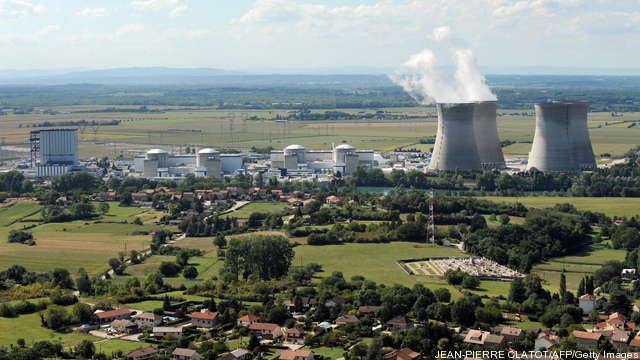
March 2012 shattered US temperature records. What about the summer?
Electricity market operators are not generally fond of hot summers, when consumers turn up their air conditioners to stay cool, while straining the network, sometimes to the brink of disaster. This summer is no exception, especially in a few places where supplies are likely to be tight. Keep reading →








Influencing the Networked Global Energy Future
By Peter GardettIn late April dozens of the world’s top energy leaders gathered by the side of the Bosphorus in Istanbul to continue a tradition of discussion that has been going on since the end of the First World War required coordinated approaches to rebuilding a damaged Europe. Keep reading →